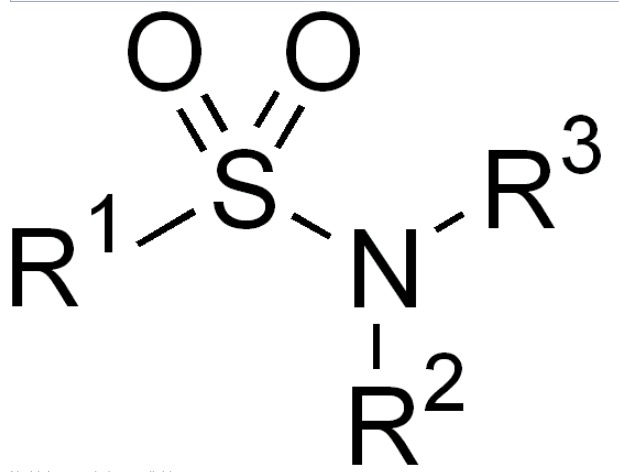Playlist
Show Playlist
Hide Playlist
Cystitis: Pathology, Signs & Symptoms
-
Slides Cystitis InfectiousDiseases.pdf
-
Download Lecture Overview
00:02 So the urinary tract does have some defense against the urinary tract pathogens. 00:09 It's got these glycosaminoglycans or gag layer that's in the normal mucus of the urinary tract. 00:20 This is a sulfonated surface polysaccharide that covers the umbrella cells and the surface mucosal cells that are polypoid or octaploid with their tight junctions. 00:33 So you got this lining that covers that, and this glycosaminoglycan prevents the passage of urine into or through superficial cells One point I'd like to make about it is that there are patients who have a condition called interstitial cystitis where this glycosaminoglycan is not intact. 00:58 And since urine is normally acid, you can get acid urine into the deep layers of the bladder, and these poor patients have a chronic problem with cystitis but it's not of infectious nature. 01:12 Now, back to cystitis the shorter urethra in women is obviously closer to the anus and closer to colonic flora and so the organisms that are going to cause urinary tract infection are in the vaginal introitus and the periurethral area. 01:30 And when the urethra is massaged in women especially by sexual intercourse those bacteria can be forced into the bladder. 01:39 Furthermore, if the bacteria are motile they can actually ascend the urinary tract against the urine stream. 01:48 Most notorious among these bugs would be Proteus, which has swarming motility in many species. 01:56 Now how does it present -- cystitis in children? It's pretty non-specific. You can't tell that the child is having problems unless they're, for example, having enuresis. 02:08 A child wasn't bed wetting and now starts bed wetting. 02:13 Fever may be a clue. 02:16 Failure-to-thrive in infants, and if they start vomiting a good pediatrician or a family physician is going to be thinking of an infection. 02:28 Now in women, almost all of them, have frequent painful urination of small amounts of turbid urine. 02:38 They may have also kind of some suprapubic pain or heaviness and they usually do not have fever. 02:47 Now in men, they have some of the same symptoms, but if they've got fever it may be a focus in the prostate gland or worse, it could be a kidney infection -- pyelonephritis.
About the Lecture
The lecture Cystitis: Pathology, Signs & Symptoms by John Fisher, MD is from the course Urinary Tract Infections. It contains the following chapters:
- Cysitis – Pathology
- Clinical Features in Children, Women and Men
Included Quiz Questions
Which of the following is a layer of the bladder whose disruption has been associated with the pathogenesis of interstitial cystitis?
- The glycosaminoglycan layer
- Muscularis propria
- Lamina propria
- Stratum corneum
- Stratum spinosum
Which of the following is NOT a symptom of uncomplicated cystitis in women?
- Fever
- Urinary frequency
- Urinary urgency
- Suprapubic pain
- Dysuria
Which of the following symptoms of urinary tract infection in men most strongly indicates a complication?
- Fever
- Urinary frequency
- Urinary urgency
- Suprapubic pain
- Dysuria
Customer reviews
3,0 of 5 stars
| 5 Stars |
|
0 |
| 4 Stars |
|
0 |
| 3 Stars |
|
1 |
| 2 Stars |
|
0 |
| 1 Star |
|
0 |
Because is not clear what is the Intersticial cystitis. Some diference between the slides and what is talking he about






